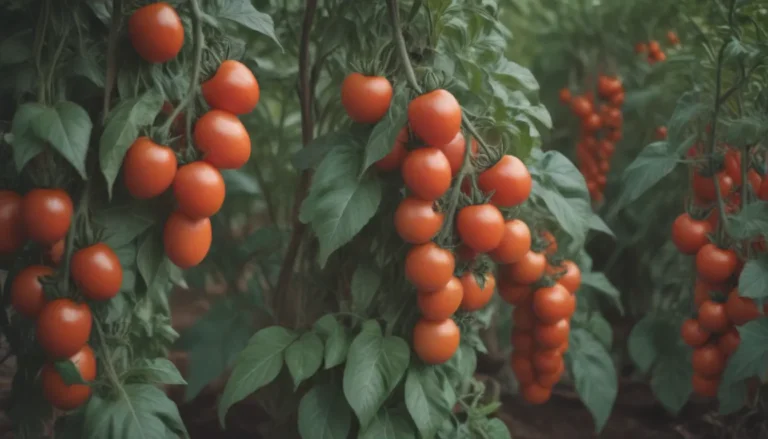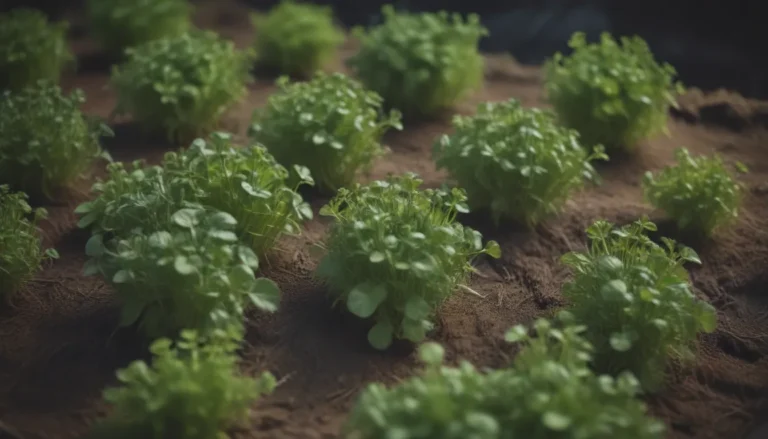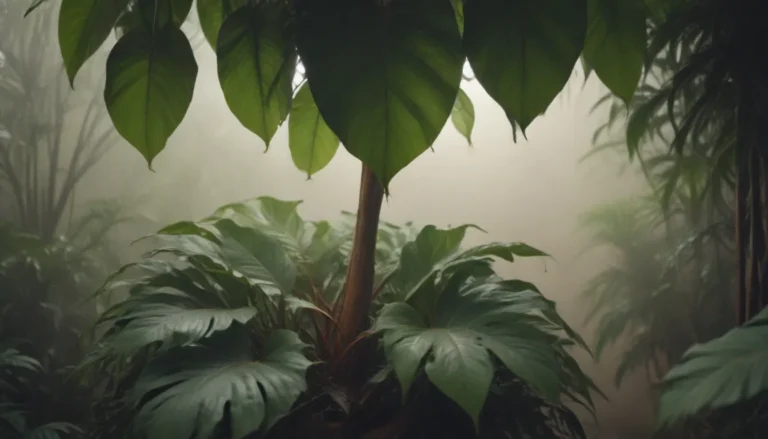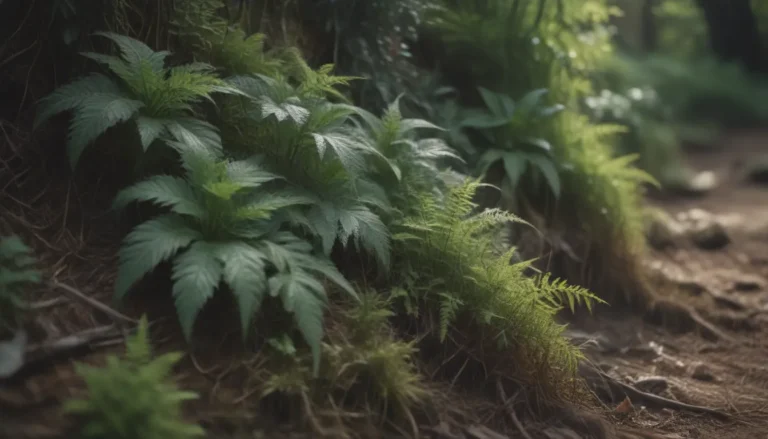The Many Uses and Benefits of Straw Mulch

Are you looking to start a new lawn, plant a strawberry bed, or improve your soil in an affordable and practical way? Look no further than straw mulch! This natural product comes packaged in standard-sized rectangular bales made up of flattened flakes bound tightly with string, making it easy to handle and distribute. You can typically find straw mulch at home improvement stores, garden centers, and feed stores.
Understanding Straw Mulch
So, what exactly is straw mulch? It is a by-product of various grain plants such as rye, barley, oats, rice, and wheat. After the grains and chaff are removed through threshing, the remaining stalks are baled and sold as mulch, animal bedding, and for various other purposes.
How to Use Straw Mulch
Straw mulch can be a great addition to lawns, vegetable gardens, and small fruits due to its many benefits. Here are some common uses of straw mulch:
In the Vegetable Garden
A small standard bale of straw can cover about 80 square feet with a 2-inch layer of mulch. This layer of straw can help with seed germination by keeping the soil moist and can easily be spread around established plants. It is particularly useful for plants like squash, cucumbers, and melons to keep the fruits off the ground and prevent issues like soft spots, molds, and rot.
For winter protection, consider using straw mulch in strawberry beds to insulate the roots and keep the berries off the ground. It can also be beneficial for cool-weather crops like broccoli, cabbage, and cauliflower by keeping soil temperatures down, preventing bolting, and extending the growing time for better harvests.
Additionally, straw mulch can act as a sunscreen for potato plants by spreading it around them to prevent sun exposure and the development of toxic substances like solanine.
In Lawns
Straw mulch is commonly used to mulch new lawns or make repairs. By helping retain moisture for germination and supporting the growth of young shoots, straw mulch can be a great aid in lawn care. It’s important to spread the mulch correctly, by hand or with a machine like a thrower, to ensure even coverage. As the lawn fills in, the mulch becomes less visible and breaks down with regular mowing.
In the Landscape
While straw mulch may not be visually appealing for ornamental flower beds, it can be useful in the landscape for winter protection. Plants like hydrangeas, roses, ornamental shrubs, young trees, and frost-tender plants can benefit from a layer of straw mulch to insulate them during the colder months. Just be aware that straw mulch can attract rodents, so take precautions to store unused straw properly.
Tips for Buying Straw Mulch
When purchasing straw mulch, there are a few things to keep in mind to ensure you get a quality product that meets your needs:
Condition
Look for signs of moisture or the presence of mold in the flakes. Properly stored straw should have a clean, dry appearance and texture with no odor. The flakes should be tightly packed within the bale without any separation.
Local Sources
Consider checking with local farmers for baled straw after the harvest season. This can give you access to straw that may be more suitable for your needs and possibly at a better price. Most commercially sold straw comes from wheat, which may contain seeds and be more prone to matting.
Uniform Size and Shape
If you’re purchasing multiple bales, look for uniform size and shape in the stalks to prevent matting and make distribution easier. Test the weight of the bale by giving it a slight lift to ensure even weight distribution and compactness.
In conclusion, while straw mulch may have limited use in landscaping due to its messy appearance, it is an excellent natural mulch for fruit and vegetable gardens. It composts quickly, enriches the soil, and provides numerous benefits for various plants. Consider incorporating straw mulch into your gardening routine for a sustainable and effective way to improve your garden’s health and productivity.





